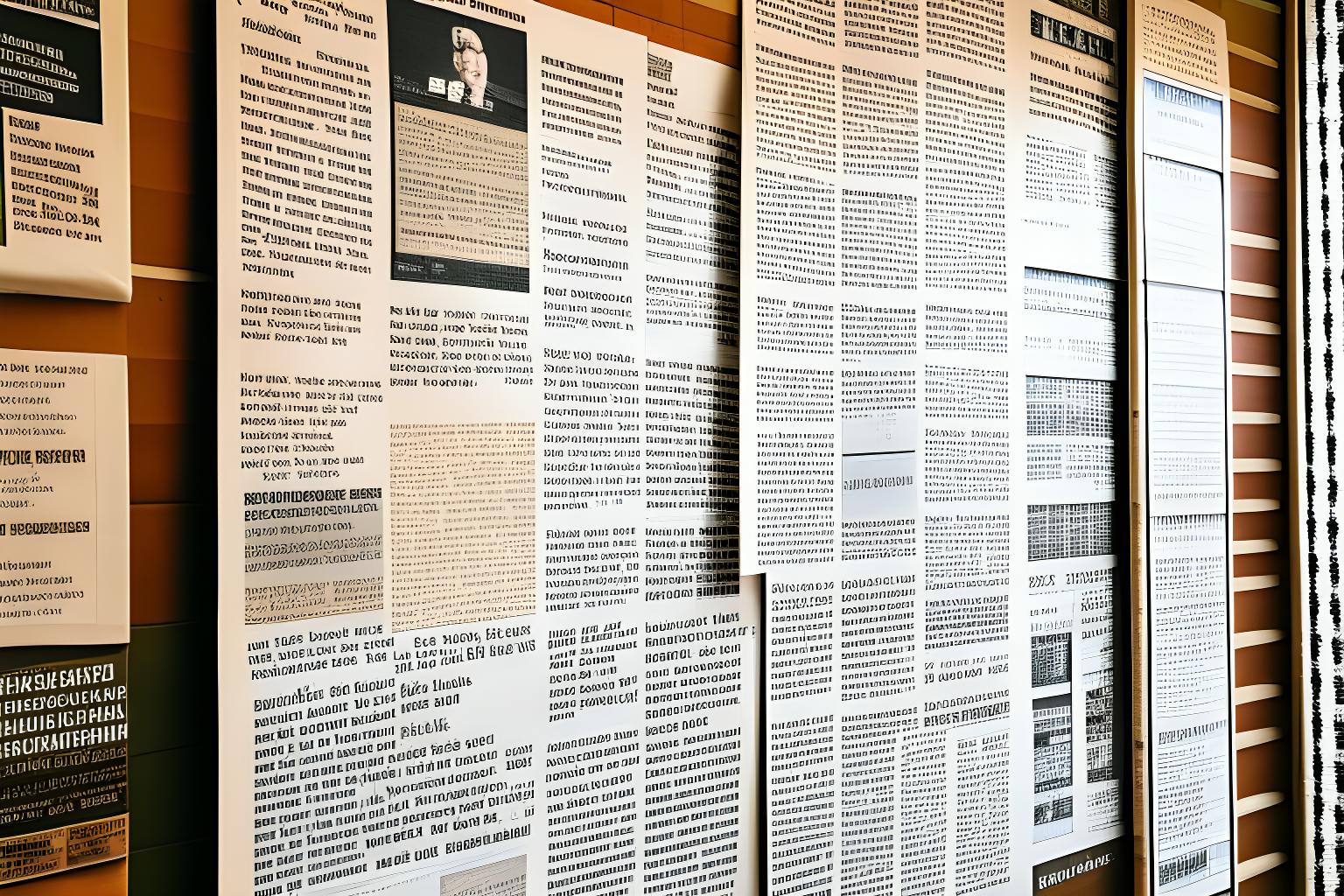DOE v. GITHUB Court Filing, retrieved on January 26, 2023 is part of HackerNoon’s Legal PDF Series. You can jump to any part in this filing here. This part is 19 of 21.
MEMORANDUM OF POINTS AND AUTHORITIES
IV. ARGUMENT
C. Plaintiffs’ Claims Fail for Reasons Specific to Each Claim.
9. Plaintiffs Fail to State a Civil Conspiracy Claim.
Civil conspiracy “is not a cause of action, but a legal doctrine that imposes liability on persons who, although not actually committing a tort themselves, share with the immediate tortfeasors a common plan or design in its perpetration.” Applied Equip. Corp. v. Litton Saudi Arabia Ltd., 7 Cal. 4th 503, 510-11 (1994).
To plead a conspiracy, plaintiffs must allege “(1) the formation and operation of the conspiracy, (2) the wrongful act or acts done pursuant thereto, and (3) the damage resulting from such act or acts.” Wasco Prods., Inc. v. Southwall Techs., Inc., 435 F.3d 989, 992 (9th Cir. 2006) (cleaned up). Further, such allegations “must be made within the sections of the complaint that contain plaintiff’s claims for the underlying torts.” AccuImage Diagnostics Corp. v. Terarecon, Inc., 260 F. Supp. 2d 941, 947-48 (N.D. Cal. 2003)
Because a conspiracy charge seeks to hold parties liable for the conduct of others, courts impose a heightened standard at the pleading stage: “[P]laintiff must more clearly allege specific action on the part of each defendant that corresponds to the elements of a conspiracy cause of action” and “cannot indiscriminately allege that conspiracies existed between and among all defendants.” AccuImage, 260 F. Supp. 2d at 947-48 (emphasis added); see also Ho Myung Moolsan Co. v. Manitou Mineral Water, Inc., 665 F. Supp. 2d 239, 256 (S.D.N.Y. 2009).
Plaintiffs’ conspiracy claim fails because this is not an independent cause of action. See Accuimage, 260 F. Supp. 2d at 947 (dismissing conspiracy claim with prejudice because “plaintiff cannot plead conspiracy as an independent cause of action”); see also 5 B. Witkin, Summary of California Law, Torts § 44 (9th ed.1988) (“Strictly speaking, however, there is no separate tort of civil conspiracy.”). Plaintiffs’ conspiracy claim should be dismissed on this ground alone.
Separately, the conspiracy claim fails because the complaint does not identify the role of each Defendant in the formation and operation of the alleged conspiracy, the wrongful acts done by each Defendant, or anything else about the alleged conspiracy, other than four paragraphs of boilerplate allegations. (See Compl. ¶¶ 241-244.) Plaintiffs allege vaguely that “[Defendants] agreed to a common plan or design to create, sell, and run Copilot to commit and conceal [various] tortious acts.” (Id. ¶ 244.) These allegations, which indiscriminately allege that conspiracies existed among all Defendants, do not satisfy the substantial showing required at the pleading stage. See e.g., AccuImage, 260 F. Supp. at 947-48 (dismissing conspiracy claim with prejudice, in part, because plaintiff provided “only vague details” about the conspiracies).
In addition, the complaint does not satisfy the “wrongful acts” element upon which the conspiracy claim is based. To establish a “wrongful act,” plaintiffs must satisfy all elements of some other tort or wrong. Gen. Am. Life Ins. Co. v. Rana, 769 F. Supp. 1121, 1125 (N.D. Cal. 1991). As detailed above, Plaintiffs cannot allege a violation of any of the laws on which they premise their civil conspiracy claim.
Finally, “agents and employees of a corporation cannot conspire with their corporate principal or employer where they act in their official capacities,” AccuImage, 260 F. Supp. 2d at 947, nor can a corporate parent and subsidiary conspire together, Laxalt v. McClatchy, 622 F. Supp. 737, 745-46 (D. Nev. 1985) (dismissing conspiracy claim against corporation and its wholly owned subsidiaries and employees).
Plaintiffs’ conspiracy claim against OpenAI, Inc. and its subsidiaries should be dismissed for this independent reason.
Continue Reading here.
About HackerNoon Legal PDF Series: We bring you the most important technical and insightful public domain court case filings.
This court case 4:22-cv-06823-JST retrieved on September 8, 2023, from DocumentCloud.org is part of the public domain. The court-created documents are works of the federal government, and under copyright law, are automatically placed in the public domain and may be shared without legal restriction.

